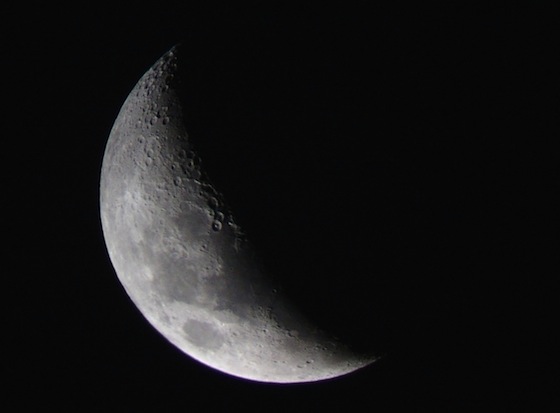It’s humidity season. And there ARE those among us who find humidity exciting, whose bodies seem to revel in tropical air.
Most of us are not of that school; we use that divine invention, the air conditioner, as much for its drying as for its cooling talents. But, while it’s upon us, let’s discover humidity’s scientific side.
How does humidity affect temperature?
The most important fact is that warm summer air can hold much more moisture than cold winter air up to 30 times more! Warm air is less dense than cold air so there is more room for water vapor—which is why it’s more humid in the summer.
.jpg)
So, the game goes like this:
- Summer sun heats the ground, which heats the air just above the ground.
- This air rises like a hot-air balloon (since it is less dense).
- As it ascends, the mass of rising air cools at the rate of five degrees per thousand feet, until it can no longer hold its moisture, which then abruptly condenses into droplets.
- Bingo, a cloud!
That’s why the cloud bases hover so picturesquely at the same height. These flat bottoms reveal the altitude at which it’s cool enough so that the rising air can no longer hold its vapor. On most of this continent that’s typically four to seven thousand feet high.
.jpg)
How does humidity affect clouds?
- Because very humid air will naturally become saturated sooner, clouds are lower whenever humidity is higher.
- During crisp, dry periods, clouds are much higher. Clouds appear white because very tiny water droplets reflect all of the sun’s wavelengths equally.
In fact, high clouds show you the sun’s true color, which is whiter and less yellow than people imagine. Gray or dark clouds look that way simply because sunlight isn’t striking them. Either they’re floating in the shadow of another cloud, or else they’re so thick that sunlight hitting their tops can’t diffuse all the way to their bases. That’s the case with thunderclouds, which can be nine miles thick, giving their bottoms a truly dark and ominous appearance.
How does humidity affect sky observers?
For sky observers, humidity is a two-edged sword. All but the brightest stars vanish on a hazy night, and it’s an impossibly bad time to look for galaxies.
But the more homogeneous temperatures found in humid air masses make bright telescopic objects very steady and sharp. So this is the very best time for observing the moon and planets through a telescope.

The Moon’s lighting is perfect for telescope views. Even binoculars nicely highlight the lunar terrain. Finally, a way to squeeze something positive out of the moist air.
